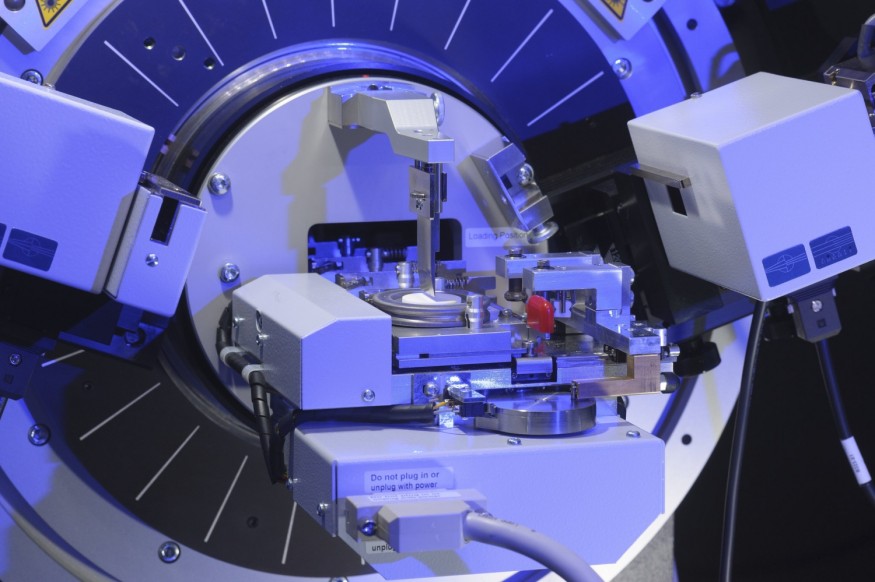
X-Ray Diffraction (XRD) is a powerful technique that helps identify the unit cell and phase of a crystalline material. Cements, metals and glasses are just a few examples of these solid state materials and an XRD facilitates the rapid collection of critical data from these materials.
Now, that doesn't really explain exactly what it does in simple terms...
Crystalline is an adjective that refers to the form and structure of a crystal and X-Ray Diffraction is used to examine this structure and other structural properties such as the average grain size. What's more, XRD can determine the phase quantification and percentage of crystallinity as experts call it.
And that's just part of the story...
The Role of XRD and Identifying the Patterns in Crystalline Materials
Crystalline has a distinct pattern which can be considered as a type of "DNA" for the material. For this reason, X-Ray Diffraction is used in pharmaceuticals, engineering and materials science. More specifically, XRD is often used to measure the purity of a sample or matching forensics in an investigation. Meanwhile, competitive analysis and reverse engineering are further use cases for the process. However, let's take a look at some of the most popular applications for X-Ray Diffraction:
Phase Analysis - Phase analysis is the most popular application for X-Ray Diffraction and the easiest way to define the precise nature of any one material. Believe it or not, there are more than 300,000 different phases in every crystalline material.
Retained Austenite Measurement - Companies in the steel industry will often need to measure the amount of austenite in ferrous steels. For this reason, XRD is used to calculate the presence of this content and relay back to the company in question.
Quantitative Phase Analysis - Although there are many phases involved, quantitative phase analysis will identify the structure in each crystalline phase before providing an accurate quantification. In most cases, this quantification can also be provided in the form of a percentage of crystallinity.
Needless to say, these are just a few examples but what about the benefits?
Some Key Benefits of X-Ray Diffraction
Once again, these are just a few examples of how X-ray diffraction can be of benefit:
Time - XRD requires minimal time and preparation.
Safety - XRD is a non-destructive process that ensures the safety of crystalline materials.
Reporting - XRD can accurately measure and report on phase and texture of materials.
Speed and Power - XRD is not only rapid but also an extremely powerful way to quantify materials.
And for the downsides? Well, X-Ray Diffraction is most commonly used for bulk analysis which means the steel industry and other major players are mostly interested in the process.
Final Thoughts
X-Ray Diffraction is an extremely fast and powerful way to extract critical date about crystalline materials. In spite of being a tool for bulk analysis, the process is safe and non-invasive, while the accuracy of reporting is unparalleled when it comes to any other similar machine or procedure.
© 2025 NatureWorldNews.com All rights reserved. Do not reproduce without permission.





